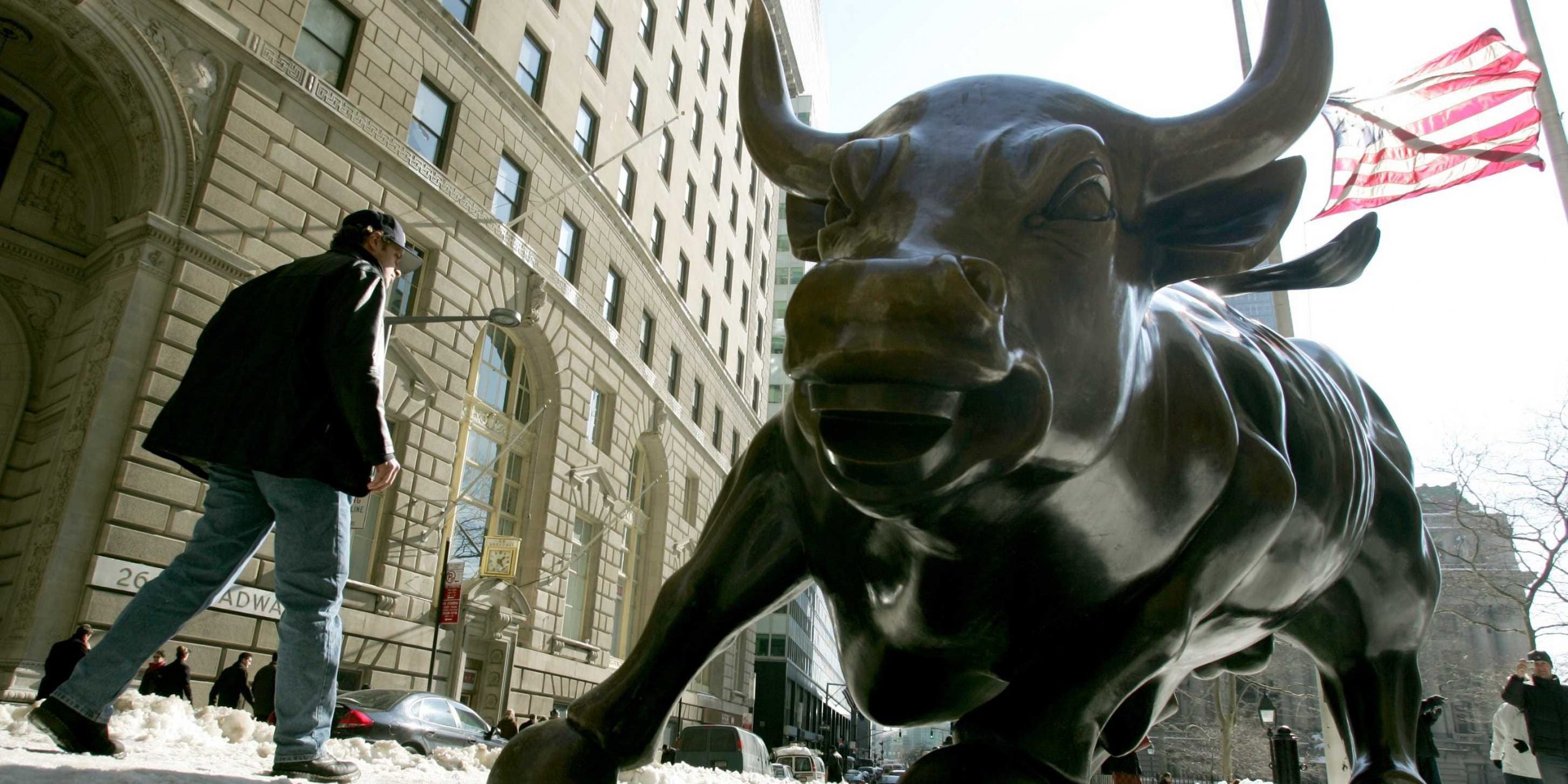- Monday marks the 11th anniversary of the longest running stock bull-market.
- Since the post-financial crisis low on March 9, 2009, the S&P 500 has returned 339% through Friday’s close.
- Here are four main drivers of the market’s bull run, and why it could soon come to an end.
- Read more on Business Insider.
March 9, 2020, marks the 11th anniversary of the longest running stock bull-market in history.
Stocks have been climbing higher since the post-financial crisis low on March 9, 2009. The bull market in equities officially became the longest-ever in August 2018, and has continued to gain since. A bull market is defined as a 20% increase on a closing basis that is never interrupted by a subsequent 20% decline.
The S&P 500 has gained 339% in the 11-year period through Friday’s close and boasted an annualized return of 15.3% through 2019. While markets move in reaction to a number of events, there have been four main drivers of the most recent bull rally – strong corporate earnings, stock buybacks, easy monetary policy, and solid participation.
The record bull run also faces perhaps its biggest threat as the coronavirus outbreak spreads, sending markets into a tailspin as investors worry that global growth will grind to a halt. So far, the coronavirus that originated in Wuhan, China, has infected more than 100,000 people, killed more than 3,300, and spread to more than 88 countries including the US.
At the end of trading in New York on Friday, stocks were down 12% from the most recent high on February 19 as investors panic that the spread of the virus will halt global growth. If the market continues to fall, it would mean that the expansion has already ended.
"We don't know where this correction bottoms out," said Liz Ann Sonders, chief investment officer of Charles Schwab, in an interview with Markets Insider.
"And if the weakness that we're inevitably going to get is sufficient enough to go into a recession," it's more likely that the market turns into a bear market, even if it's not a severe one, Sonders said.
Here's a look at the four main drivers of the current record expansion, and why it might soon end.
1. Earnings Growth
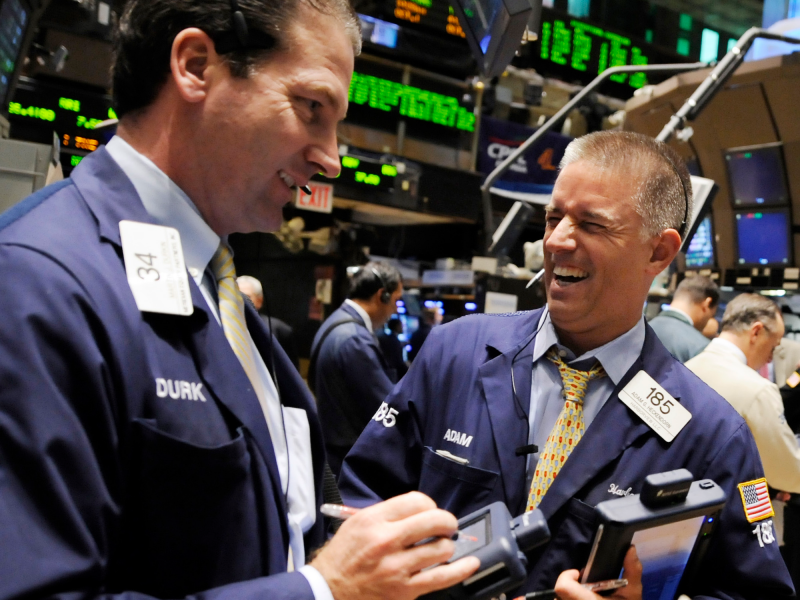
Corporate earnings growth has long been one of the most important drivers of market returns, and has been fundamental to the record bull run.
"Markets rise and fall on two things: earnings and valuations. If earnings go up (other things being equal), so should stock prices," Brad McMillan, chief investment officer at Commonwealth Financial Network, said in a Friday note.
Profits have grown in 10 of 16 quarters since 2016. That's also supported valuations, as the ratio of price-to-earnings (P/E) is a popular way to measure company worth. When profits are growing, the denominator in the equation rises, which can shrink or control P/E and encourage investors to buy.
2. Buybacks
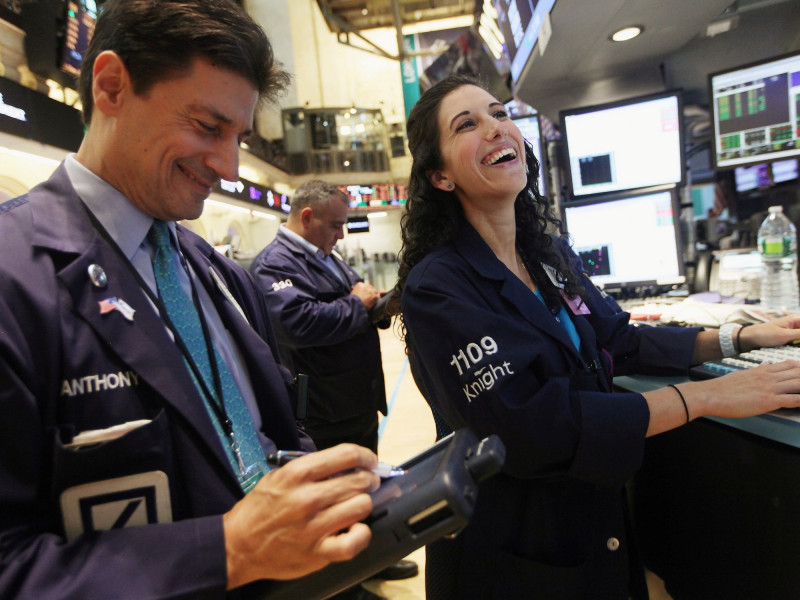
Companies have used buybacks as a way to boost stock prices for shareholders, providing an instant jolt to price by shrinking the pool of outstanding shares.
Buybacks kept the market on track from 2015 through mid-2016, when S&P 500 earnings growth shrank for five straight quarters in a row. The Tax Cuts and Jobs Act in 2017 also gave stock repurchases a hand by making it easier for companies to bring cash stored overseas back to the US.
That sent buybacks soaring to a record $1.1 trillion in 2018. Since, the pace of buybacks has slowed slightly, and they are projected to hit $1 trillion in 2019.
3. Monetary policy
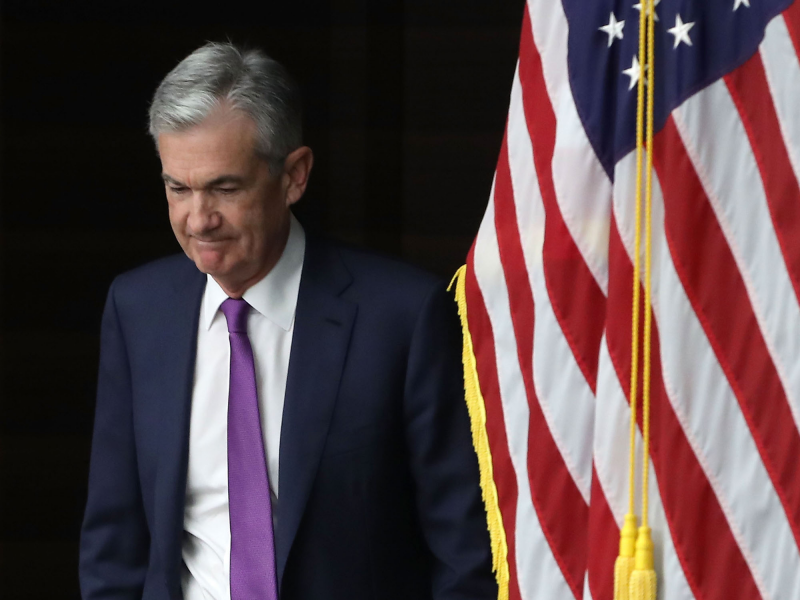
The Federal Reserve set interest rates near zero in the wake of the financial crisis, and they have stayed historically low ever since. When rates are low, it makes money cheap for businesses, which use it to make acquisitions, repurchase their own shares, and invest in research and development to continue to grow - all things that drive future earnings and stock market returns.
Low rates look poised to continue. On Tuesday, the Federal Reserve handed down a half-percentage point emergency interest rate cut amid market volatility due to the coronavirus outbreak.
4. Investors buying the dip
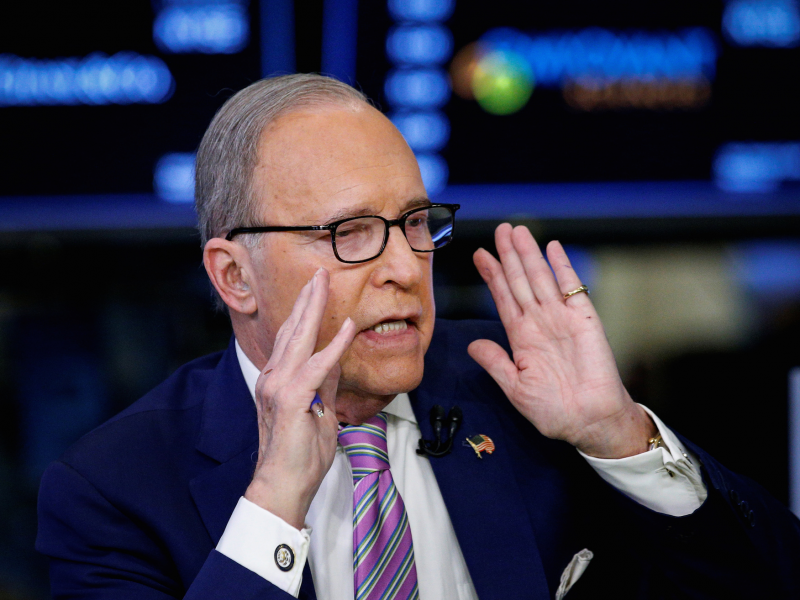
As the longest market expansion ever has continued on, investors have gotten used to stocks going higher. Those who bought when stocks did dip slightly have been rewarded time and time again, which in turn boosts investor sentiment and participation in the stock market.
It's now become an often-heard market phrase. On Friday, Larry Kuldow, National Economic Council Director and President Trump's top economic adviser told CNBC that investors should "think seriously about buying these dips," referring to the current market downturn.
5. Why the bull market's days could be numbered
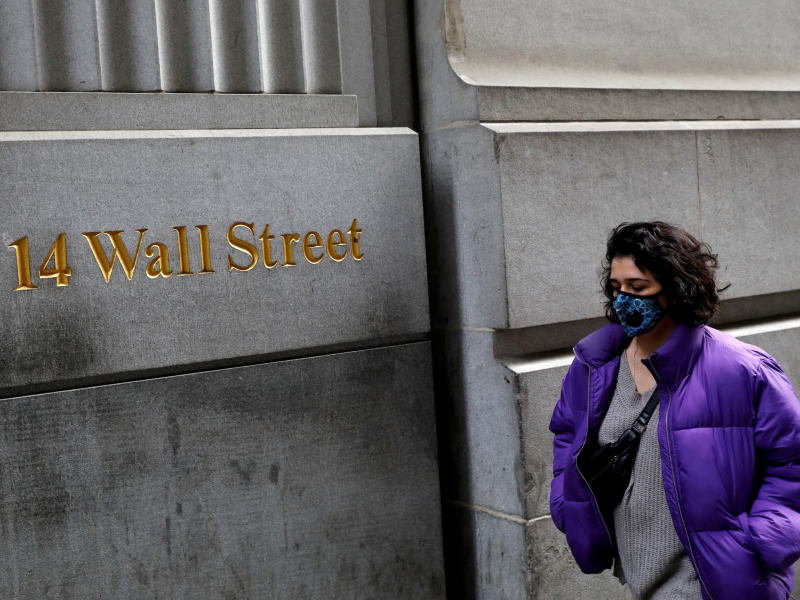
The coronavirus outbreak has sent markets into a tailspin. The outbreak overshadowed an otherwise solid fourth quarter 2019 earnings season, and will further weigh on companies going forward - some including Apple and Microsoft have warned that they might not hit future earnings guidance numbers or have even withdrawn estimates in light of the outbreak. Goldman Sachs now estimates that US companies will post zero earnings growth in 2020 because of coronavirus.
In addition, the US economy is likely to take a hit as the coronavirus disrupts supply chains, keeps workers at home, and potentially hinders consumer confidence. While the Federal Reserve issued an emergency rate cut to spur the US economy, markets haven't reacted positively - stocks have continued to fall while long-term US Treasury bonds rally, showing that traders are still banking on further cuts from the central bank.
If markets continue to fall, it could mark the end of the bull market. It's possible that the market could fall into bear territory - a drop of 20% or more from the recent high - is according to Lori Calvasina, head of US equity strategy at RBC. That could send the US into a recession.

